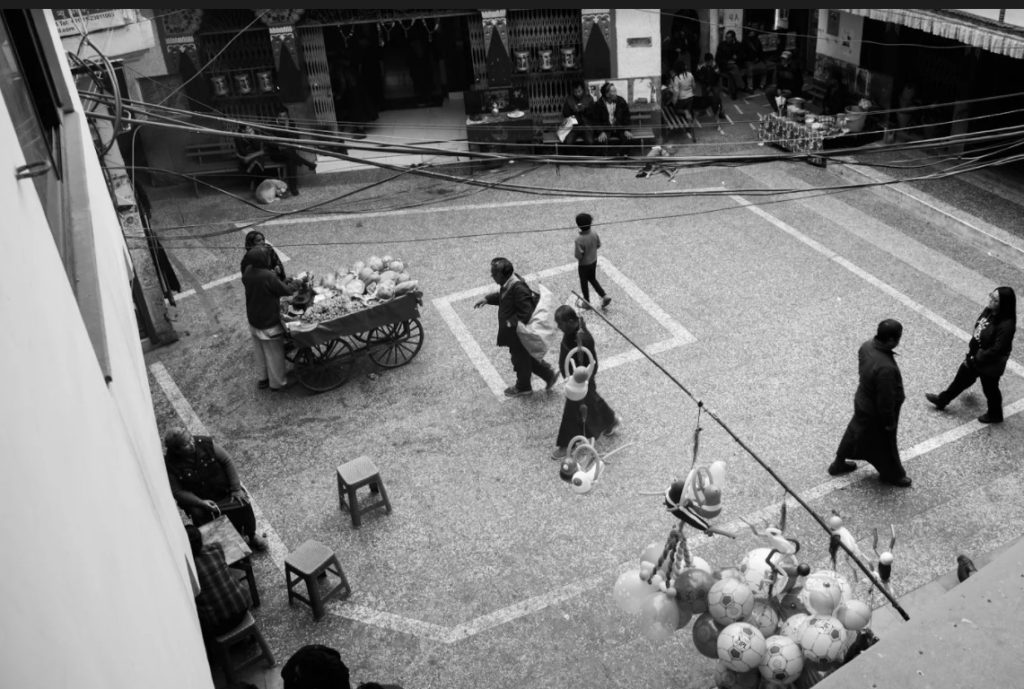
Amitav Ghosh’s The Hungry Tide quite characteristically showcases a certain incident- a history that threatens to be obliterated but for its faded yet potent impact on individual lives. The Marichjhapi Massacre as it is now perceived in posterity is the bitter lacuna around which the novel weaves itself. An incident where state-sponsored violence claimed the lives of thousands of Dalit refugees while the majority of homogenous caste Hindus of Calcutta, the intellectually acclaimed Bengali Bhadralok chose to squirm in embarrassed silence, ironically during a time when the State had just elected a Communist government to power.
While accounting for the history of the Marichjhapi Massacre, several factors need to be held into consideration, especially the pre-Independence colonial nature of the Dalits of Bengal. Organized Dalit identity movements began in the 1870s and included two very noticeable communities- the Namashudras of several East Bengal districts and the Rajbanshis of the North Bengal districts, who by their consolidated numbers within a specific geographical area, became politically quite active. However, with the growing apprehension of Partition, the Dalit movement had already begun to show traces of internal cracks.
The advent of Partition meant that the untouchables lost their bargaining power as a swing-vote bloc between high-caste Hindus and Muslims, and then became politically marginalized minorities in both countries. Growing Islamic nationalism in East Pakistan, meanwhile, directed its violence on the Namashudra minority who were now perceived as the Hindu ‘Other.’ This variation in political discourse at the time of the Partition and the general tendency to associate the Namashudras with the larger umbrella of Hinduism was convenient and circumstantial.
This political manoeuvring of the Dalit consciousness was pivotal in establishing the general consciousness that would go on to permeate the politics of Bengal, where interestingly, till today, issues of caste are entirely ignored and almost contemplated to be a myth. Unlike the first wave migrants who had kin group support and connections, the second wave migrants had a very jarring experience of rehabilitation. The main grievance of the Dalit peasant refugees was the Congress government’s policy in 1958 to rehabilitate them in the far-off tribal areas of Madhya Pradesh and Orissa, which had several acres of unirrigated land. The government claimed that Bengal no longer had sufficient vacant space to shelter the refugees, and decreed that they be sent to the Dandakaranya region- a vast area of inhospitable arid land. While Aranya refers to the jungle, Dandak translates to demons- and Dandakaranya, therefore, becomes ‘the abode of the demons’. The latent underlying implications of an upper-caste government rehabilitating -or in fact- expelling the Dalit peasants to such a place can hardly go unnoticed in their assumptions of devaluing, if not dehumanizing Dalit lives.

By 1977 however, the Congress government had collapsed to give way to a new one- the Left Front, which was a coalition of several parties but dominated by the Communist Party of India(Marxist). The Communist opposition, which also comprised mostly upper-caste Hindus, devised the refugee problem as a political tool. Indeed, when in 1977 the Left Front government came to power, the refugees with renewed hope moved on towards Bengal, only to be met with the news that the Left Front now in power had changed their refugee policy and was unwilling to shelter them. The refugees were arrested, brutally beaten and coercively sent back to their refugee camps. The ones who managed to escape made their way to Marichjhapi, a small island in the Sunderbans and strived to establish settlements there. The new Left Front government, in the face of such disobedience, reacted in a manner that people in power and threatened them how they had always reacted- with violence. The then Chief Minister, Jyoti Basu claimed that they were illegally occupying space that belonged to the Sundarbans Government Reserve Forest, thereby violating the Forests Act. There was a complete economic blockade, and basic amenities like food and water were prohibited from being carried to and from the island. Anybody violating the decree was immediately shot. Indeed, the biggest achievement of the Left Front government in the entire incident had been the effective politics that it sought to obliterate. Considering the Marichjhapi incident as significantly a refugee crisis that had no connection to caste is precisely the kind of politics that continued to be the normative discourse for the years to come.

What continues to be a bewildering observation is the hypocrisy of the elite Bengali academia who remained, possibly deliberately, oblivious to the incident. To be a refugee in the first place is a situation undesired, but to be an Untouchable refugee proved to be a struggle that was not only difficult but in fact, fatal. The complete silence even in contemporary Bengal politics regarding caste and caste-based violence is not because caste issues do not exist, but a manipulated discourse that has been propagated subtly and powerfully, and the origins of which can historically be located in this incident which although evidently caste induced, was conveniently considered to be a refugee problem. The discourse of caste has been wiped out, and the upper and middle-class Bengali society is led to believe that the cultural liberalism that is held too dear is too developed to allow ‘petty’ caste-based politics. Of course, the dominant majority has no consciousness of the grounds of their being a majority, for the simple devious political reason, that caste sensibility has been eliminated from mass perception. The Marichjhapi incident, and most importantly, the silence that followed, has been instrumental therefore in shaping the political consciousness of a certain community who until recently was ruled by the same Communist government responsible for this vast silence.
The Marichjhapi massacre was employed by Mamata Banerjee to enhance her election campaign in 2011 by using slogans like ‘Remember Marichjhapi’. In 2018, she also declared that she will build a memorial at Marichjhapi to commemorate the refugees killed during the massacre. However, nothing conclusive has been done to change the situation of those who suffered, after her government came to power.


